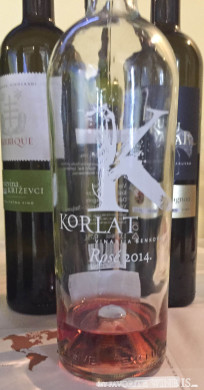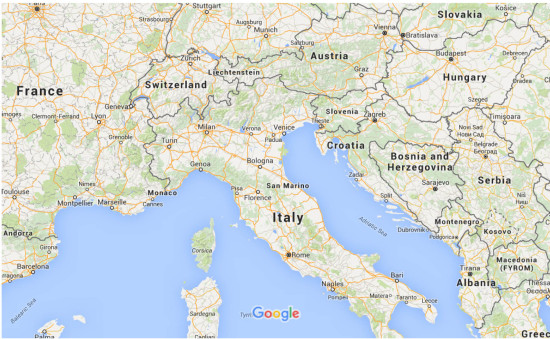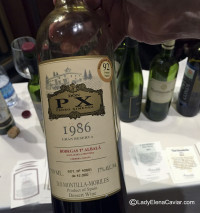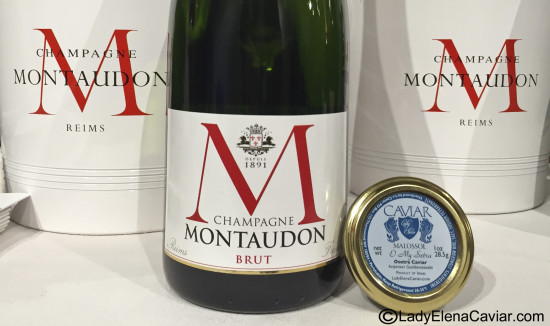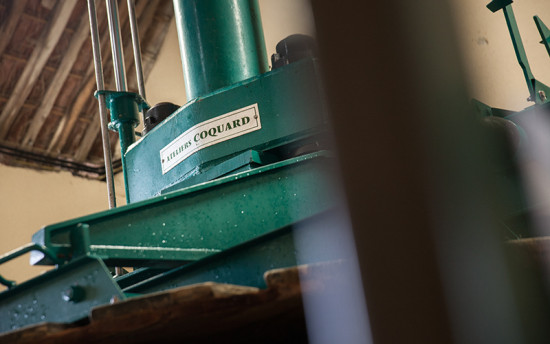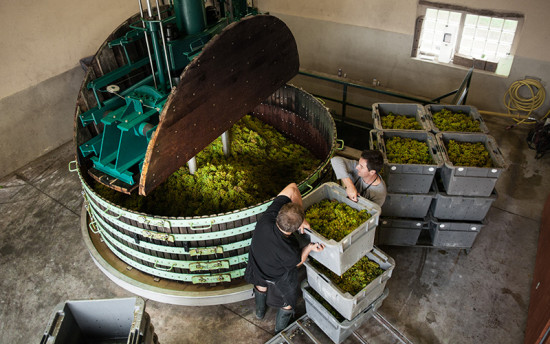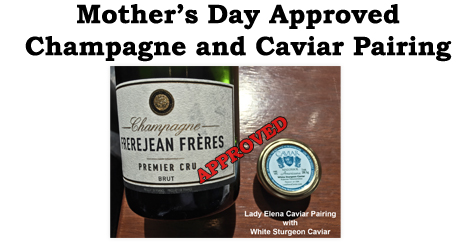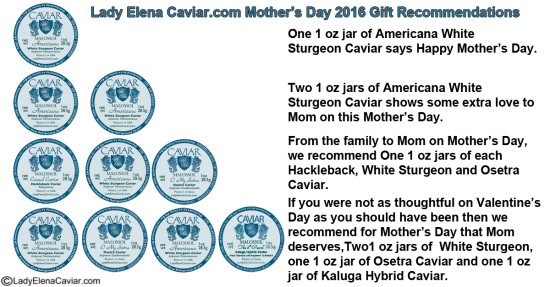July 12, 2016
This is a wine from Georgia -the Country.
The wine is from the Marani Kondoli vineyards and is a blend of 50% Mtsvane and 50% Kisi.
The Kondoli vineyards are located in KAKHETI in the Viticulture Area of Tsinandali. This area has alluvial, strongly skeletal, loamy soil on a limestone bedrock. The climate goes from humid subtropical to continental with the Great Caucasus Mountains creating this influence.
Mtsvane and Kisi are two indigenous grape varieties to Georgia. Mtsvane Kakhuri’s five-lobed leaves are dark green and funneled; the medium-sized bunches can be quite dense, sometimes with one shoulder and medium-sized berries.
From the Georgian wine website: The Mtsvane variety buds late, usually in late April and matures in the mid-season, in the last two weeks of September, before Rkatsiteli. It is an easy bunch to pick. It accu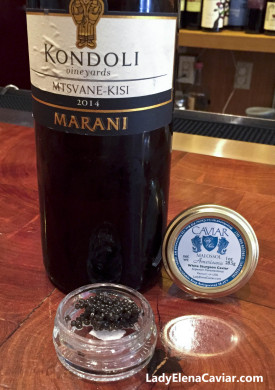 mulates sugar easily yet retains high acidity levels, hence its suitability for sweet, fortified wines. Yields are generous, though the vine is very susceptible to powdery mildew, and is regarded as sensitive to its environment, demanding attentive cultivation. It is, however, relatively impervious to winter frosts. Mtsvane Kakhuri grows well on the calcareous soils in Kakheti, southeastern Georgia, particularly in the appellations of Tsinandali, Manavi, Gurdjaani, Vazisubani and Kardenakhi.
mulates sugar easily yet retains high acidity levels, hence its suitability for sweet, fortified wines. Yields are generous, though the vine is very susceptible to powdery mildew, and is regarded as sensitive to its environment, demanding attentive cultivation. It is, however, relatively impervious to winter frosts. Mtsvane Kakhuri grows well on the calcareous soils in Kakheti, southeastern Georgia, particularly in the appellations of Tsinandali, Manavi, Gurdjaani, Vazisubani and Kardenakhi.
Kisi is indigenous to Kakheti. Notwithstanding the high quality of wine it can produce, it became almost extinct by the 2000, a result of the Soviet preference for Rkatsiteli and the decline of Georgian vineyard land following the Soviet collapse. Further, it is bit trickier to grow. Fortunately, some 50-60 year old vines still exist in the Telavi district, with more being planted. A late-budding variety, Kisi is relatively resistant to frost, drought and downy mildew, but susceptible to powdery mildew and black rot. It ripens before Rkatsiteli, typically in the last 2 weeks of September, and is made both in the European and Georgian manner. Occasionally it is fortified.
Wine Notes: This wine is made in new world style by using stainless steel tanks.The wine has a pale straw color with greenish tints. There are floral blossoms with white peach and minerality. On the palate some more tropical notes are felt. It has a refreshing finish. Very nice.
Pairing with Lady Elena Caviar: Americana Caviar (White Sturgeon): There is a nice complimenting effect with the fruit and the blending of each ones minerality. Your palate is cleansed with those lovely fresh fruit notes. A great Lady Elena Caviar wine pairing.

